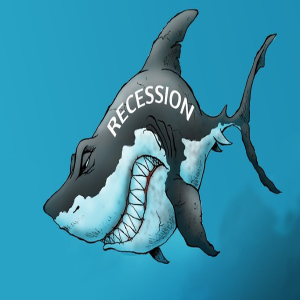POINT: Coal needs to be part of America's energy future
Published in Op Eds
There is no disputing it: Coal isn’t disappearing.
Despite reports of coal’s demise, global coal use hit a record in 2024. Since the turn of the century, coal demand has doubled.
The world needs a new political discourse on coal. This is not a fuel that is going to be phased out or a technology left behind. Its importance to energy security and energy affordability is growing.
The misguided idea that the West would lead the developing world away from coal needs to be put to bed. Europe’s attempted dash to renewable power has left it energy insecure and home to the world’s highest electricity prices. While Europe struggles with deindustrialization, Asia is leaning on coal to tackle energy poverty and industrialize. Nowhere is that truer than in China.
While 37 countries are planning coal power projects, China is the elephant in the room. China produces and uses more coal than the rest of the world combined. It consumes 40 percent more coal than the rest of the world.
Despite pressure to halt its coal use, China isn’t replacing or closing any of its existing coal capacity. China is building another 100 GW of new coal capacity, its highest level of new construction in a decade. China’s coal fleet is more than six times the size of the United States.
India, too, is leaning on coal to drive its economy and its effort to bring energy to millions without it. India’s annual coal demand is now double the United States’ and is growing rapidly.
Those who disparage the use of coal ignore the enormous demand for electricity from the 800 million people, mainly in Asia and Africa, who live in the dark and suffer from chronic malnutrition. Half of the world’s population has no access to sanitary toilets. Electricity-driven economic development can solve these problems. Access to electricity reduces infant mortality, improves sanitation, extends life expectancy and fosters educational opportunities. Coal remains the key answer to persistent energy poverty.
Those who tend to look down their noses at coal forget that coal plants continue to play a critical role in the United States, underpinning a diverse and balanced energy mix to meet growing demand for electricity from data centers, electric cars and heat pumps.
The rapid adoption of AI and the growth of data centers are projected to increase U.S. electricity demand by 25% in the next five years and nearly 80% by 2050. With demand skyrocketing, and immense and persistent challenges facing additions of new baseload power generation, the power plants already connected to the grid will be more critical than ever. The existing coal fleet, with generating capacity to spare, may well be the lynchpin to allowing the U.S. to win the AI race, a race China is running on coal.
Coal is here to stay. It’s far past time we plan for it. Along with making far better use of our existing coal fleet, we must also pioneer advanced coal technology.
More efficient, more flexible and lower-emission coal plants are the future. We should be modeling and building them here. With U.S. electricity demand soaring, we’re going to need an actual all-of-above approach to affordably and reliably meet it.
With the United States the home to the world’s largest coal reserves, it would be energy policy malpractice not to make advanced coal technology a centerpiece of the effort.
_____
ABOUT THE WRITER
Syd S. Peng is the Charles E. Lawall Chair of Mining Engineering emeritus in the Department of Mining Engineering at West Virginia University. He wrote this for InsideSources.com.
______
©2025 Tribune Content Agency, LLC

























































Comments